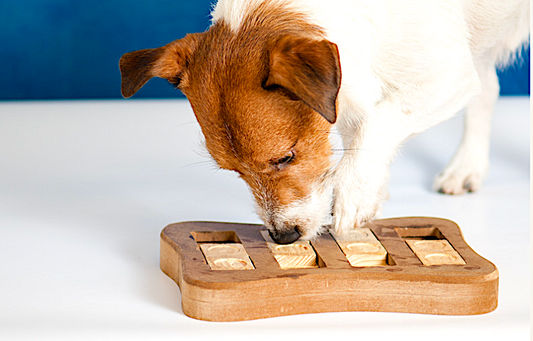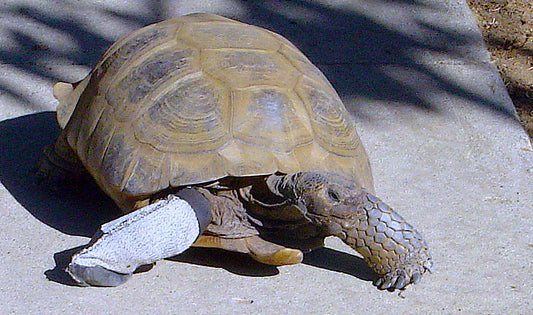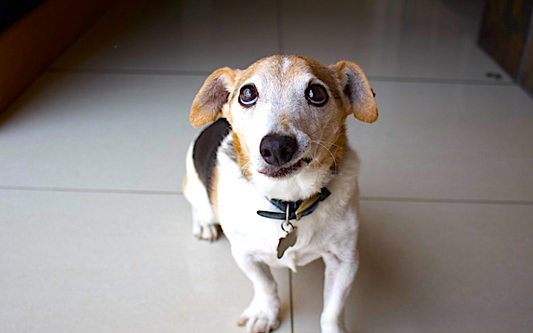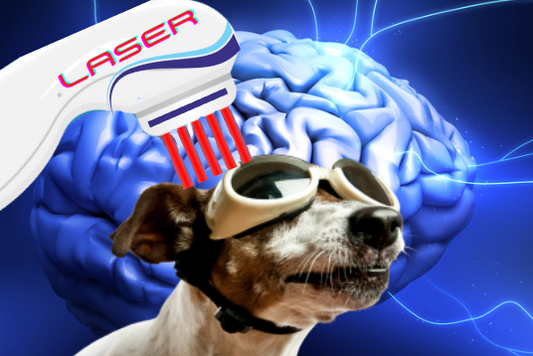What if I told you there was a complex system in your dog's body that can greatly affect their posture, mobility, emotional well-being, and performance?
The fascia is quite simply the tissue that holds you together! Injury and pain to one part of the fascia can have profound effects on the rest of the body. Knowing the role the fascia plays in the body, how it can be injured, and recognizing fascia pain is crucial for any dog owner looking to prevent injury or improving their dog's performance.
The fascia is quite simply the tissue that holds you together! Injury and pain to one part of the fascia can have profound effects on the rest of the body. Knowing the role the fascia plays in the body, how it can be injured, and recognizing fascia pain is crucial for any dog owner looking to prevent injury or improving their dog's performance.
What is the Fascia?
The fascia is a web of connective tissue underneath the skin formed in bands that wrap around all the internal parts of the body - the muscles, organs, nerves, bones, and blood vessels from head to toe. It is the informational and structural highway of the body that allows the muscles to move freely alongside other structures and reduces friction. Together, muscle and fascia make up what is called the myofascial system.
Think of the fascia as the spiderweb of the body. Touch one part of the web and the entire web moves and provides information. Similarly, the fascia is “the organ of posture” and the entire body is connected through the fascial system. Fascia can become restricted anywhere in the body and is not dictated by anatomy. The fascia is also loaded with mechanoreceptors that provide the body with both proprioception and pain nerve fibers. Second to the nervous system the myofasciall system is potentially the most important system of communication for the body.
How can an Injury occur?
Healthy fascia is smooth, slippery, and flexible. Factors that cause fascia to become hot, immobile, painful and hard include:
- A lifestyle of limited physical activity (too little movement day after day)
- Repetitive movement that overworks one part of the body
- Trauma such as surgery or injury
- Fatigue caused by stress accumulated over days or weeks of work
What does Myofascial pain look like?
Myofascial pain can occur anywhere in the body. Injury to the fascia can cause pain, stiffness, and reduced mobility and can mimic the symptoms of other degenerative diseases like arthritis.
Signs of Myofascial pain include:
Signs of Myofascial pain include:
- Reluctance to be touched, handled, petted, or groomed
- Sore back legs
- Skin twitching or flinching
- Restricted range of movement
- Behavioral changes
- Yelping when touched in a particular spot
- Excessive rolling on their back
How to Improve Fascia Health
There are a number of things you can do to help keep fascia heathy.
- Warm up before and cool down after strenuous activity.
- Avoid over exertion and monitor your dogs signs of fatigue.
- Movement is medicine! Keeping active throughout daily life is important to keep the fascia smooth and flexible.
- Myofascial release techniques using gentle, prolonged and sustained touch to allow the collagen fibers to re-align in an appropriate pattern.
- Laser therapy - Scar tissue can disappear over time as you bring circulation in and help the body heal the area.
- Acupuncture to address deeper fascia tension.
Author: Carolyn McIntyre






